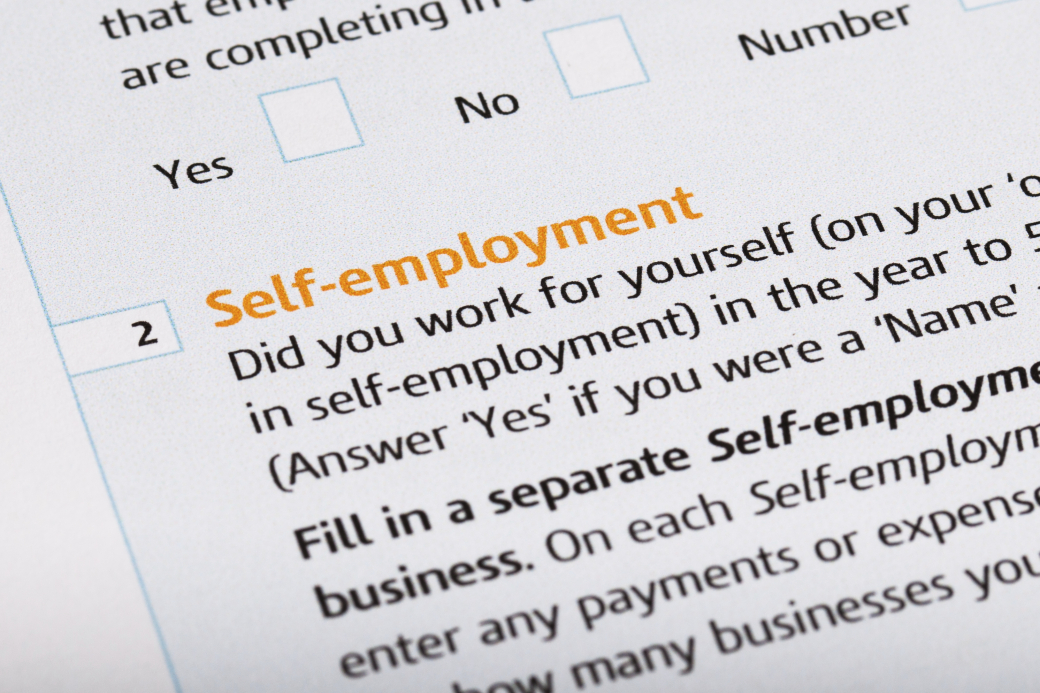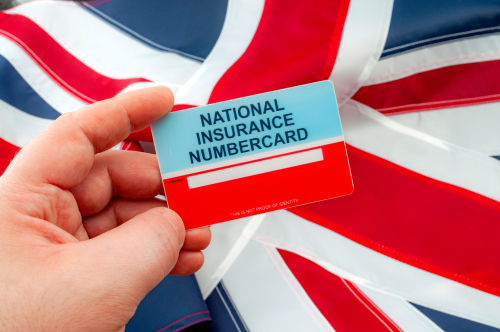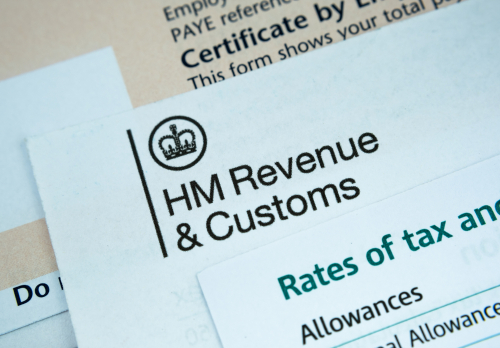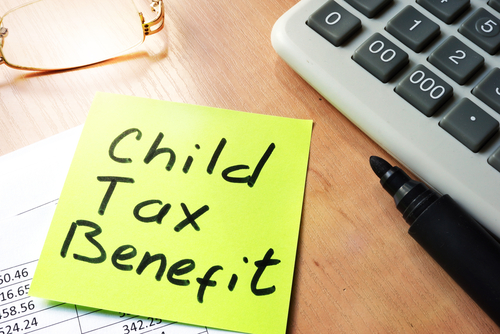Jet Accountancy is a small independent accounting firm based in Downham Market, Norfolk and we provide a full accounting and taxation service to small and medium sized businesses throughout Norfolk and Cambridgeshire.
- We aim to provide our clients with a friendly, fast, reliable and professional accounting service at a competitive price.
- We offer fixed fees agreed with you prior to starting any work so there are no nasty surprises.
- We utilise all tax benefits and allowances so to minimise tax and save money but more importantly to maximise profits to help our clients grow their business.
- We provide accountancy services for sole traders, partnerships, limited companies, sub-contractors, landlords and private individuals.




